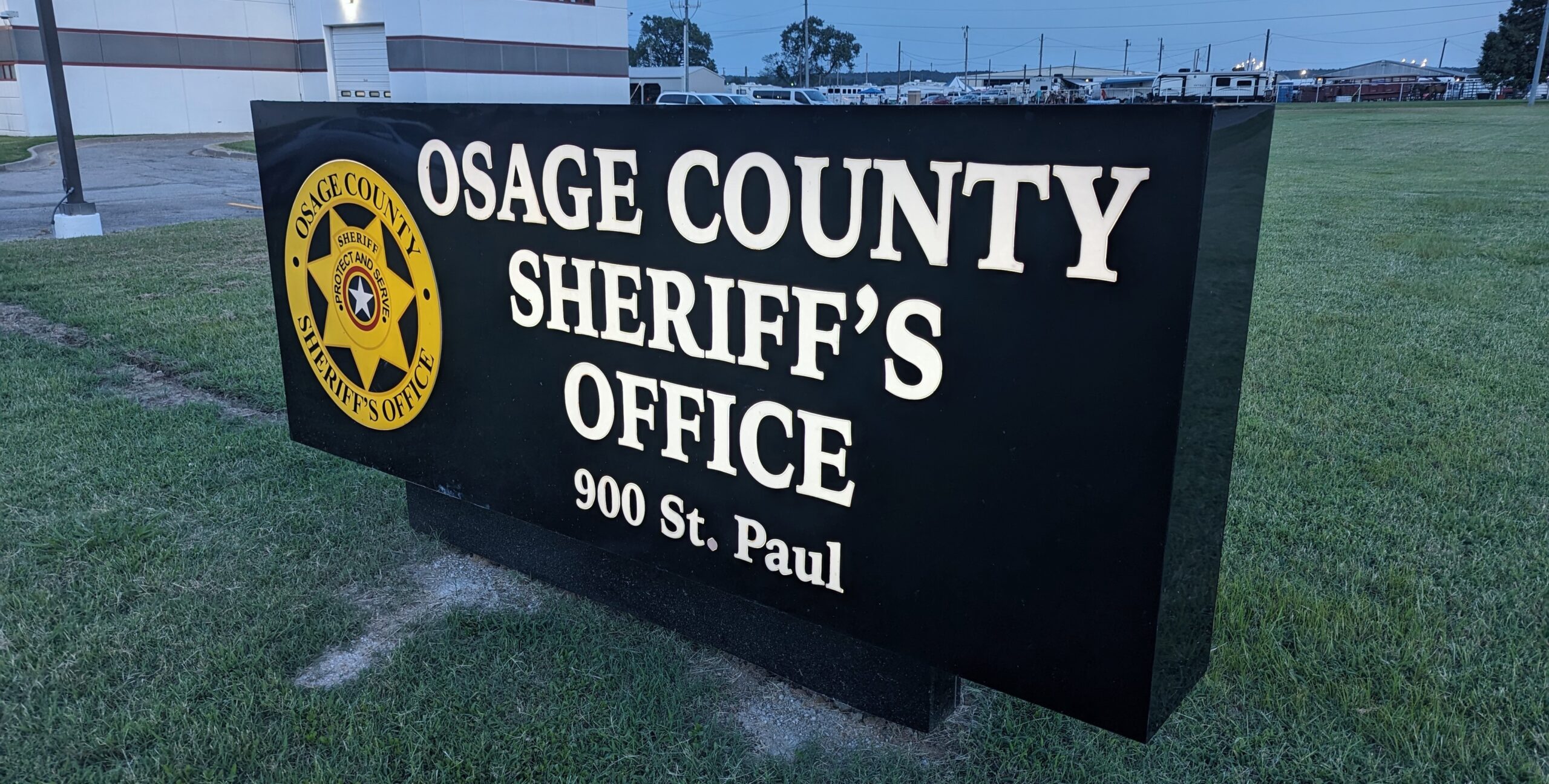***UPDATED TASK FORCE LIST ON 11/05/2023***
***UPDATED TASK FORCE LIST ON 09/29/2023***
***UPDATED TASK FORCE LIST ON 09/15/2023***
***UPDATED TASK FORCE LIST ON 09/14/2023***
FOR IMMEDIATE RELEASE
Pawhuska, Oklahoma – 09/11/23
Sheriff Eddie Virden of the Osage County Sheriff’s Office (OCSO) has coordinated the formation of a National BTK Task Force to provide assistance in the long-standing Cynthia Dawn Kinney cold case from 1976, located in Pawhuska. This task force aims to leverage the expertise and resources of law enforcement agencies from Oklahoma, Kansas, and various federal entities.
The collaborative efforts between the multiple agencies involved are anticipated to yield significant progress in resolving not only the Cynthia Kinney case but also in addressing other cold cases that have been revealed during the course of the initial investigation. Initial findings strongly indicate potential links between Dennis Rader, also known as BTK, and additional missing and murdered persons.
Sheriff Virden has assembled a team of renowned experts in the field, including:
Sheriff Eddie Virden, OCSO
Undersheriff Gary Upton, OCSO
James Reed, OCSO
United States Attorney’s Office for the Northern District of Oklahoma
Kansas Department of Corrections
Sheryl “Mac” McCollum, Task Force Coordinator and CSI
Dr. Ann Burgess, Profiling
Dr. Joni Johnston, Forensic Psychologist & PI
Paul Holes, Cold Case Investigator
Lisa Ribacoff, Polygraph
Nancy Grace, Former Prosecutor & Media Personality
Dr. David Mittelman, DNA Analysis
Dr. Kristen Mittelman, Probative Evidence
Joseph Scott Morgan, Death Investigator
Alina Burroughs, CSI Crime Scene Confidential
Mareen O’Connell, Retired FBI
Sgt. Joseph Giacalone, NYPD Cold Case
Peter Hyatt, Statement Analysis
Kelley Lawson, Forensic Artist
Trace Sargent, K9
Ezekiel Avalos, Chautauqua County SO, KS.
Dr. Alice Gooding, Forensic Anthropologist
Mozelle Martin, Handwriting Expert
Francey Hakes, Former US Attorney
Shera LaPoint, Ancestral Expert
Ret. Det Cloyd Steiger, Homicide and Serial Killer Expert
Ret. Commander Irv Brandt, US Marshals Service, Interpol, Fugitive Strike Team
Susan Constainine, Deception Expert
Lauren Lee Malloy, Victim Advocate and K9
Ret. Det. Karen Smith, Jacksonville PD Homicide and CSI
By harnessing the collective expertise of these professionals, the task force is confident in its capability to uncover the information and answers sought in the Cynthia Kinney case, as well as shed light on other related cold cases.
The Osage County Sheriff’s Office expresses sincere gratitude for the collaborative efforts of all participating agencies and individuals involved in this critical investigation. Their unified engagement and commitment to justice demonstrate the strength in interagency cooperation.
The Osage County Sheriff’s Office will provide regular updates as the investigation progresses.
For further inquiries, please contact:
Gary Upton
Undersheriff
918-332-8891
gupton@ocso.net


